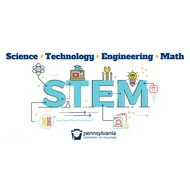(View Complete Item Description)
As part of our continued commitment to education, the team at The Bee Cause Project has created this companion document, Educator’s Curriculum Guide, to supplement the Nature’s Partners curriculum.Our Tips from the Hive are designed to add layers of concept extensions, optional digital methods of delivering content, and support to educators that are either brand new or experienced environmental educators. The Buzz Worthy Resource Materials are video links, notable articles, and more printable resources, while the Bee Cause Book Club highlights recommended readings for students of all ages. Several titles have quality read-aloud links as well.
Material Type:
Activity/Lab,
Game,
Lesson Plan,
Module,
Simulation,
Teaching/Learning Strategy
Author:
The Bee Cause Project














